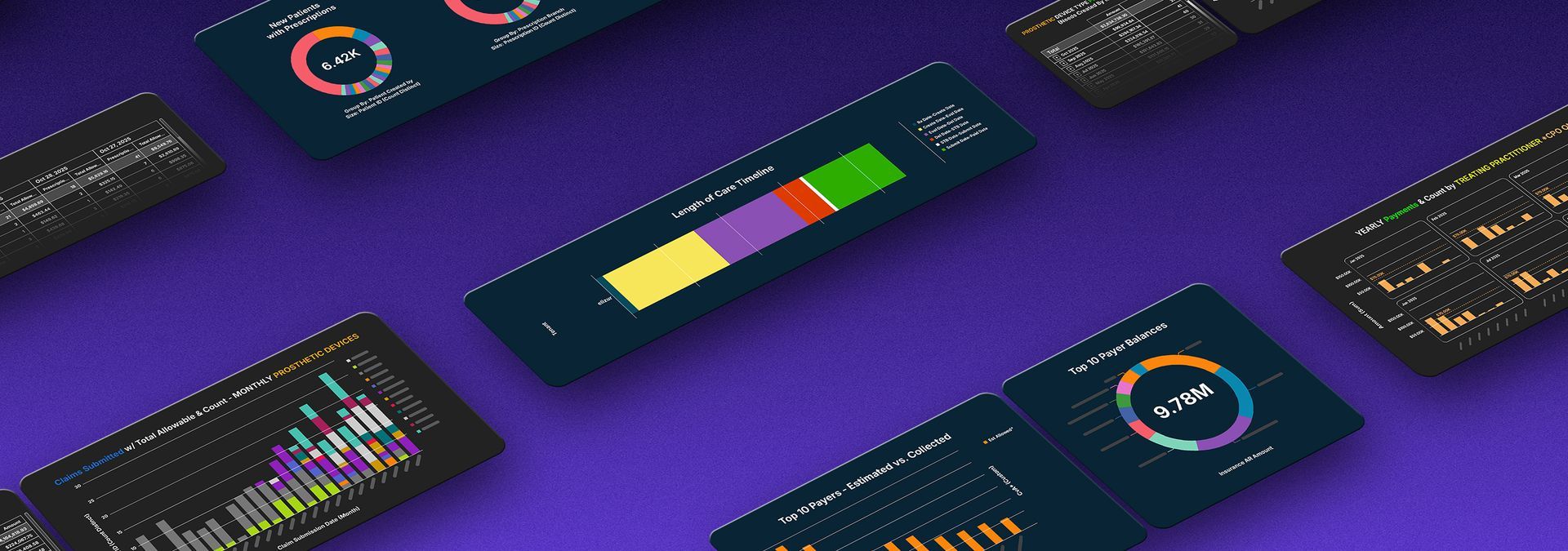Boost Efficiencies with Native-Cloud SaaS Solutions
When a software application is developed as a native SaaS solution from the beginning, cost efficiency is a core consideration throughout the design and implementation phases. This focus on cost efficiency manifests in several ways, primarily through optimized resource utilization, multi-tenancy, and operational cost savings.
Key Points to Know:
- Optimized Resource Utilization: SaaS applications are built to leverage cloud infrastructure effectively, meaning they can scale resources up or down based on demand. This dynamic scaling ensures that the application only uses the resources it needs at any given time, reducing waste and lowering costs. For instance, during periods of low activity, the application can automatically reduce its resource consumption, thereby cutting costs.
- Multi-Tenancy: A major cost-saving feature of many SaaS applications is multi-tenancy. In a multi-tenant architecture, a single instance of the software serves multiple customers (tenants). This shared infrastructure allows for more efficient use of computing resources, as the same hardware, storage, and processing power are distributed among several users. Multi-tenancy reduces the overhead costs associated with maintaining separate instances for each customer, leading to lower operational costs for the SaaS provider, which can translate into lower prices for customers.
- Operational Cost Savings: SaaS applications built for the cloud inherently avoid many of the costs associated with on-premise solutions, such as maintaining physical servers, managing software installations, and performing manual updates. By automating many of these processes in the cloud, SaaS providers can pass these savings on to customers. Additionally, SaaS customers typically pay a subscription fee, which covers ongoing maintenance, updates, and support, providing predictable costs without the need for large upfront investments.
- Reduced Total Cost of Ownership (TCO): The total cost of ownership for a SaaS solution is often lower than for on-premise applications, particularly when considering the full lifecycle of the software. SaaS applications eliminate the need for expensive hardware, reduce the burden on IT staff, and lower the costs of upgrades and security management. This makes SaaS solutions an attractive option for organizations looking to manage their budgets more effectively.
Contrast with On-Premise Applications Converted to the Cloud
- Legacy Cost Structures: Applications that were originally designed for on-premise environments may carry over cost inefficiencies when converted to the cloud. For example, they might require dedicated resources or maintain separate instances for each customer, which can lead to higher operational costs compared to a native multi-tenant SaaS application.
- Inefficient Resource Use: Converted applications may not be able to take full advantage of the cloud’s dynamic resource allocation capabilities, leading to resource inefficiencies. For instance, a converted application might need to be provisioned with more resources than necessary to handle peak loads, resulting in higher costs during periods of low demand.
- Higher Maintenance Costs: Converted applications might require ongoing maintenance and support to address compatibility issues, security concerns, or performance bottlenecks. These additional maintenance needs can drive up the total cost of ownership, negating some of the cost benefits of moving to the cloud.
In summary, SaaS applications built from the ground up for the cloud are inherently more cost-efficient, benefiting from optimized resource utilization, multi-tenancy, and lower operational costs.
As a cloud-native SaaS application, Nymbl is able to take advantage of these efficiencies and deliver more enhancements and features to its customers rapidly. In fact, Nymbl deploys new product releases 12 times a year. This ensures users always have access to the latest features, improvements, and security enhancements. Releasing innovation frequently allows Nymbl to respond to user feedback and continuously improve the platform. Additionally, since the platform is a cloud-native SaaS platform, customers are not required to take action when new releases occur.
To learn how Nymbl’s cloud-native SaaS solution can help your practice be nimbler and more cost efficient,
schedule a call
with one of our Nymbl experts today.




